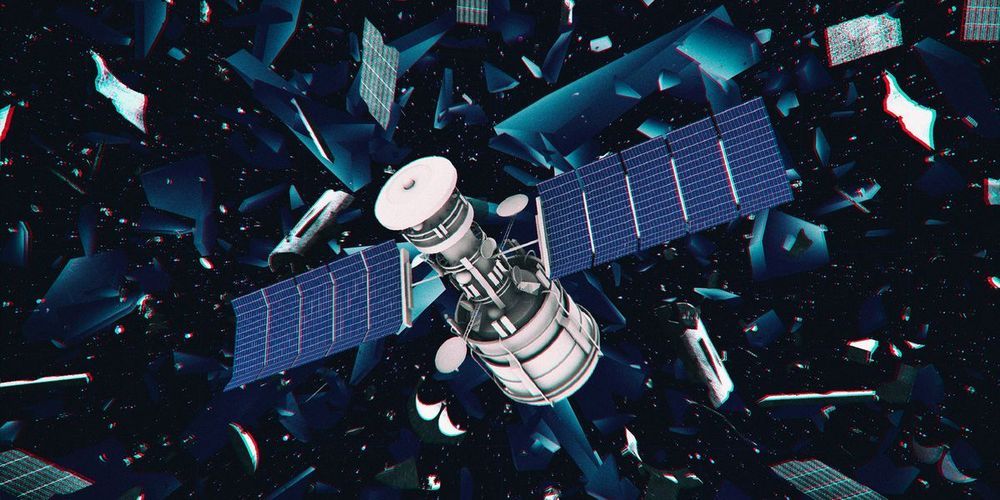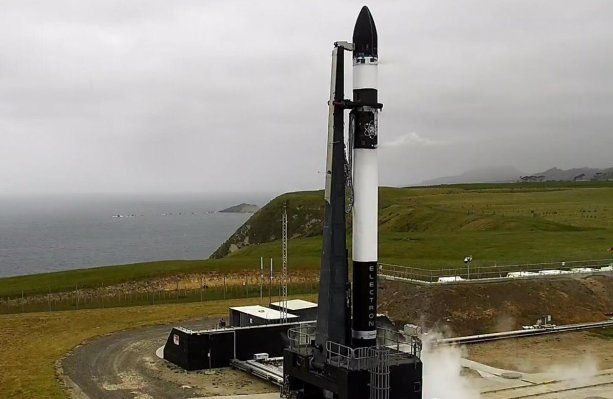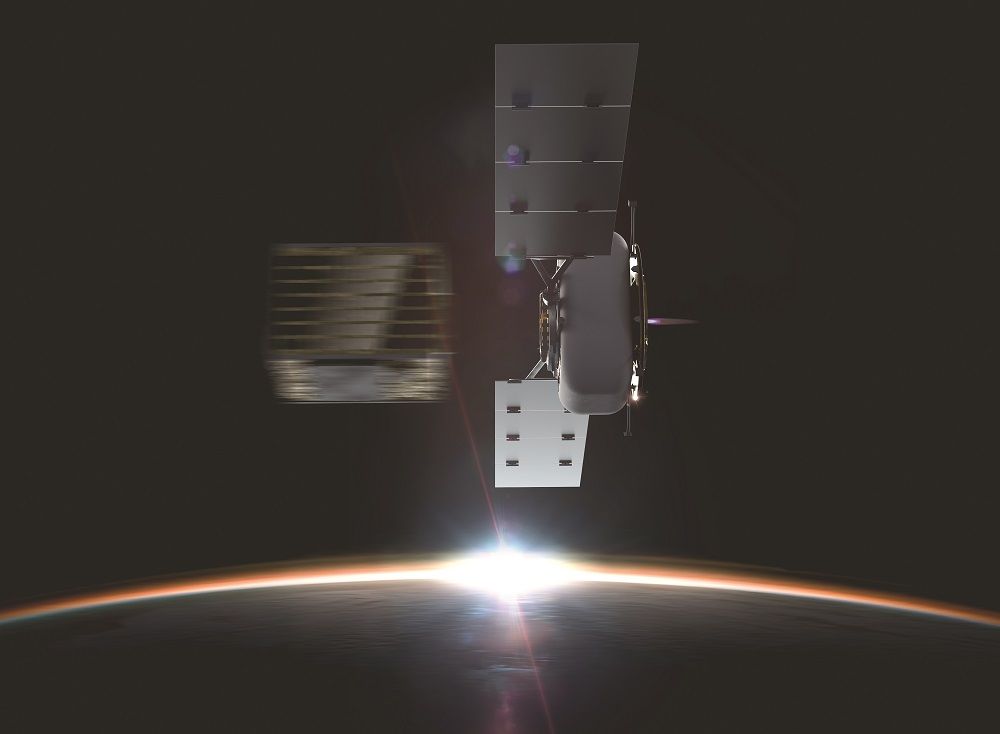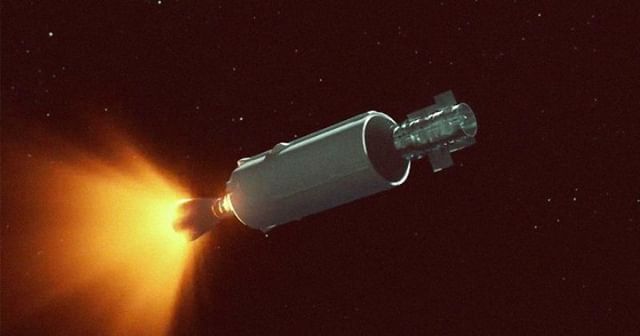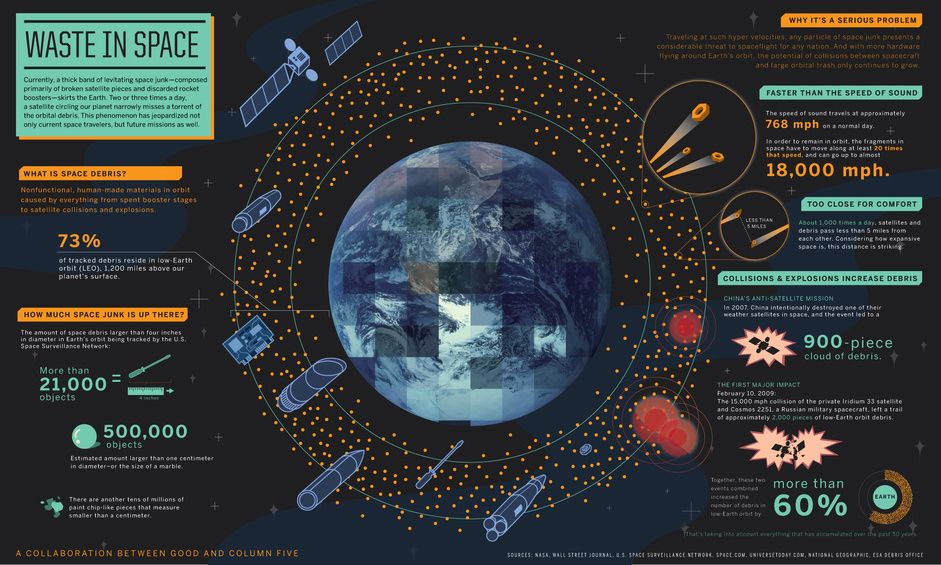COLORADO SPRINGS, CO. — It’s not easy to get into the GPS room. A security cocoon typical of U.S. military installations protects Schriever Air Force Base in Colorado, but the windowless home of the 2nd Space Operations Squadron (2SOPS) lies within the base’s “restricted access area.” A gatehouse, extra vehicle barriers, armed guards, monitored communication channels, and a total ban on smartphones stand between the outside world and the place where the U.S. Air Force operates the GPS satellite constellation.
Inside you’ll find a hallway lined with keypad-controlled doors. Behind each is a room with 10-person teams who fly satellites. The rooms are staffed around the clock. The 2SOP squadron not only runs the constellation that provides global navigation and precise time data to civilian and military users.
“Whether it’s the public or our other military users, they tend to think of space as a magic box that you turn on and everything just works,” says 1st Lt. Morgan Herman, Assistant Weapons & Tactics Flight Commander. “They don’t always realize how actively we have to manage the constellation.”
